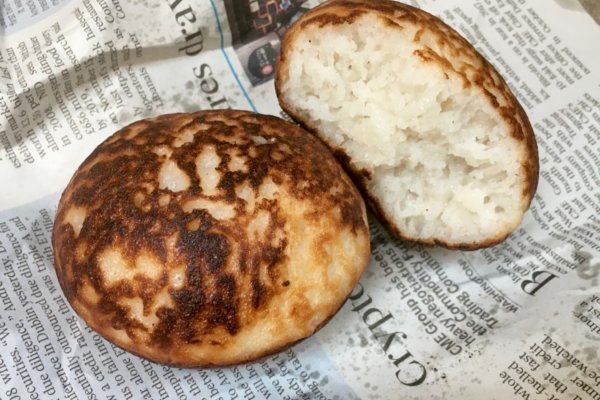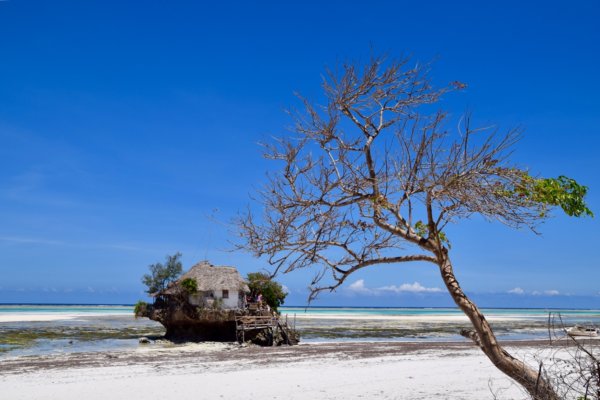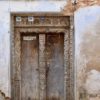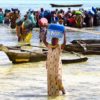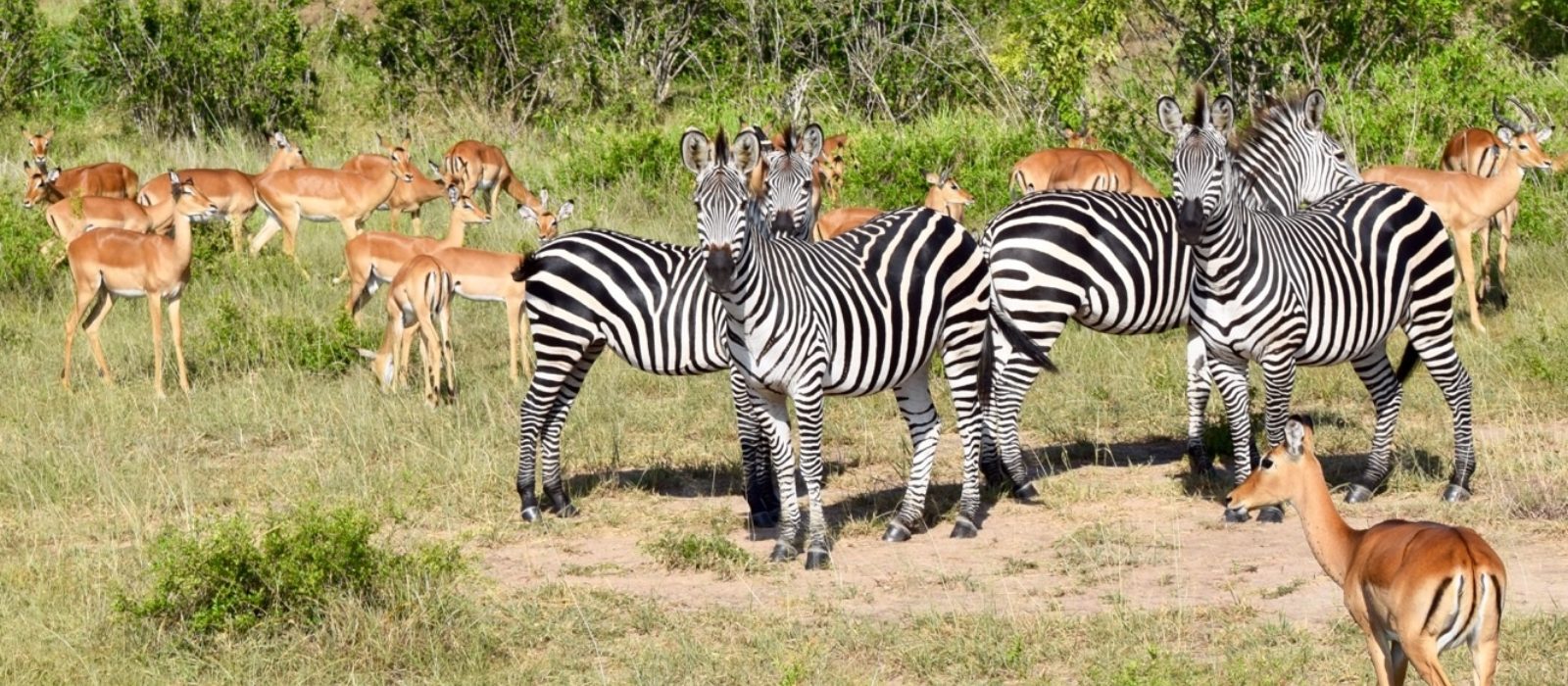
Tanzania,
3 weeks
About Tanzania
Tanzania is well-known for the spectacular Serengeti National Park, Ngorongoro crater and mount Kilimajaro. But! To get away from the crowds I choose to venture south instead and was surprised by what more the country has to offer!
Practical information
Zanzibar

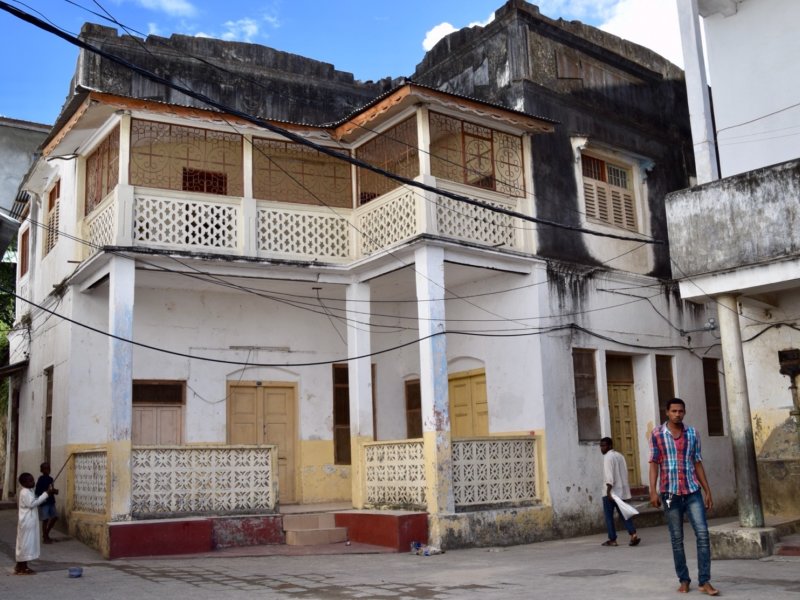
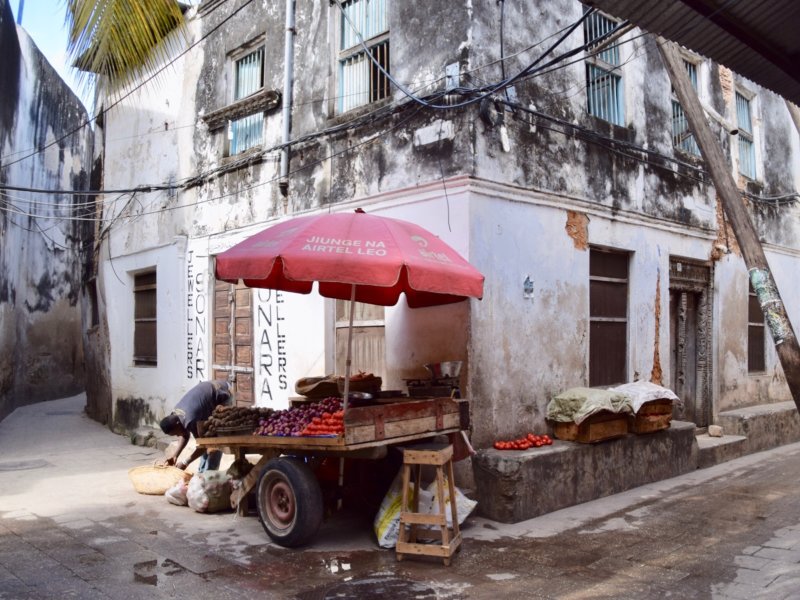
Get lost in the winding lanes of Stone Town
This atmospheric and mystical town is the cultural and historical heart of Zanzibar.The fascinating maze of winding lanes leads past numerous houses and mosques, wonderful cafes and restaurants, shops and bazaars. I loved getting off the tourist trail and just get lost in the backstreets but added some landmarks, markets and museums in this itinerary if you like more focus ;)
Tip!
Dress appropriately, 98% of the population is Muslim.
See detail page
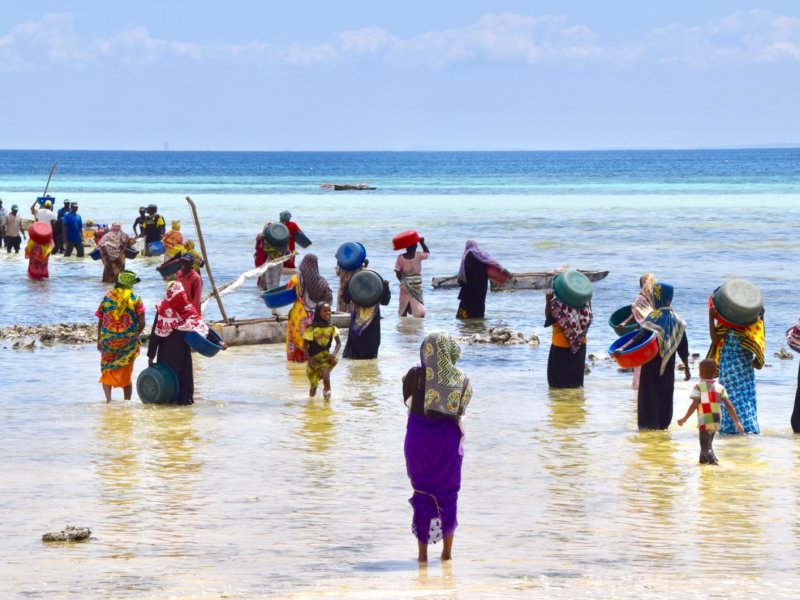
Watch the sardines arrive at Kizimkazi Dimbani
Do not miss this, it’s a magnificent sight. Village women in beautiful coloured dresses collect the dagaa, sardines, from the incoming dhows. I was there around noon.
See detail page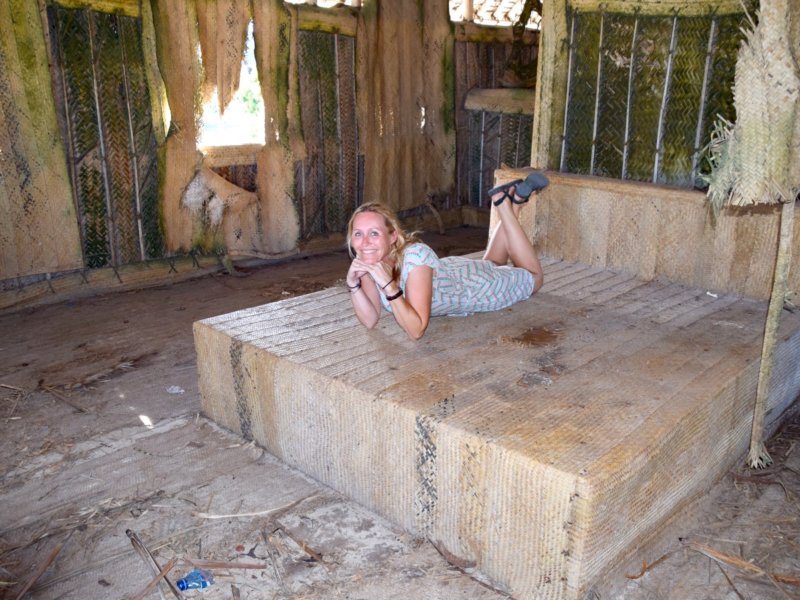
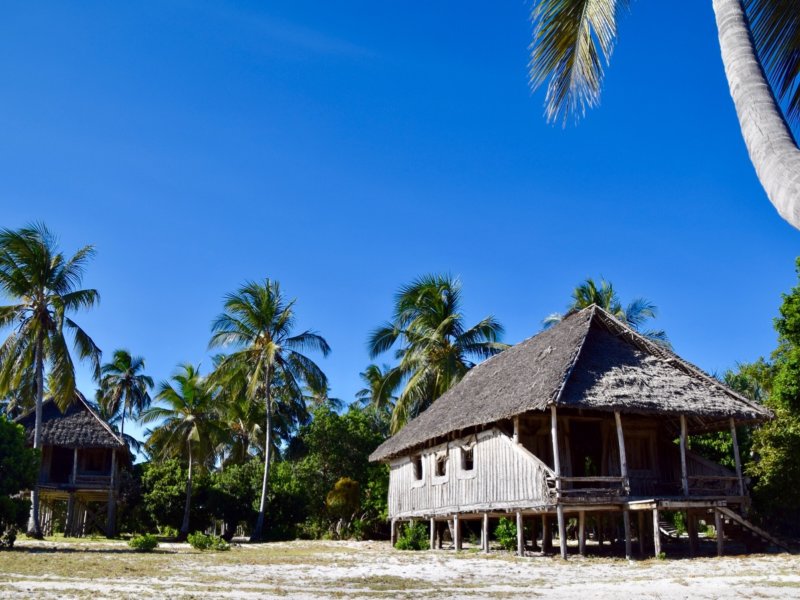

Explore an abandoned resort
Want to do something really cool on Zanzibar? Check out this abandoned resort! It supposedly went out of business in 2009 when the financial crisis started and has been abandoned ever since. The resort is built on a private beach in the south of the island. Pass the villages of Makunduchi and Mtende and follow a rocky road road to the bay (you need your own wheels). The resort is a bit spooky, but a lot of fun!
See detail page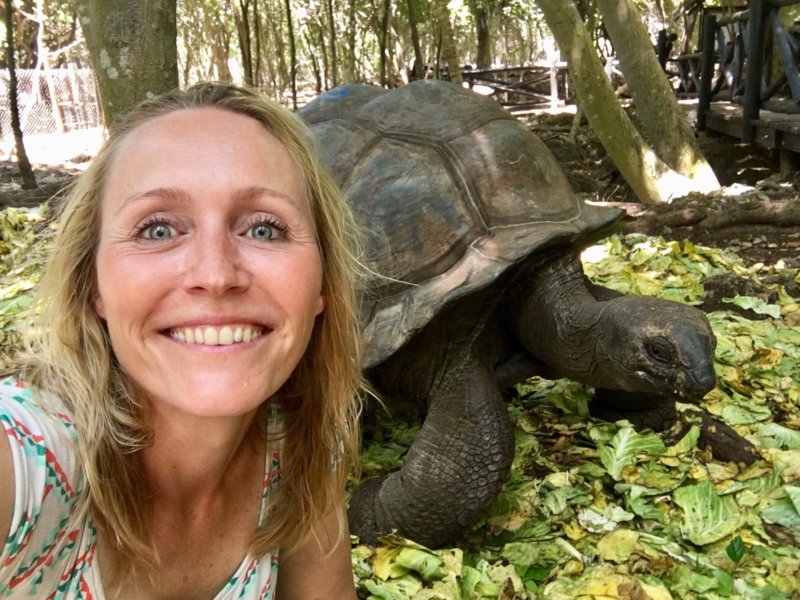
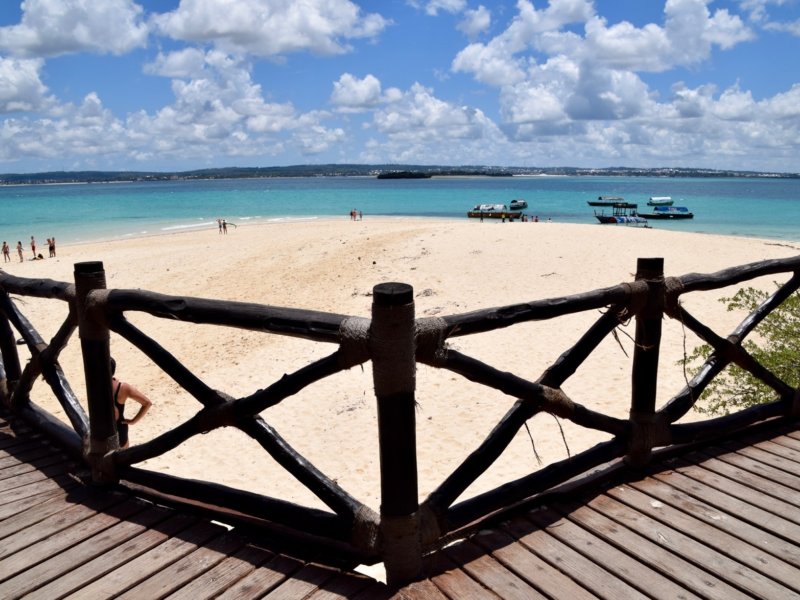
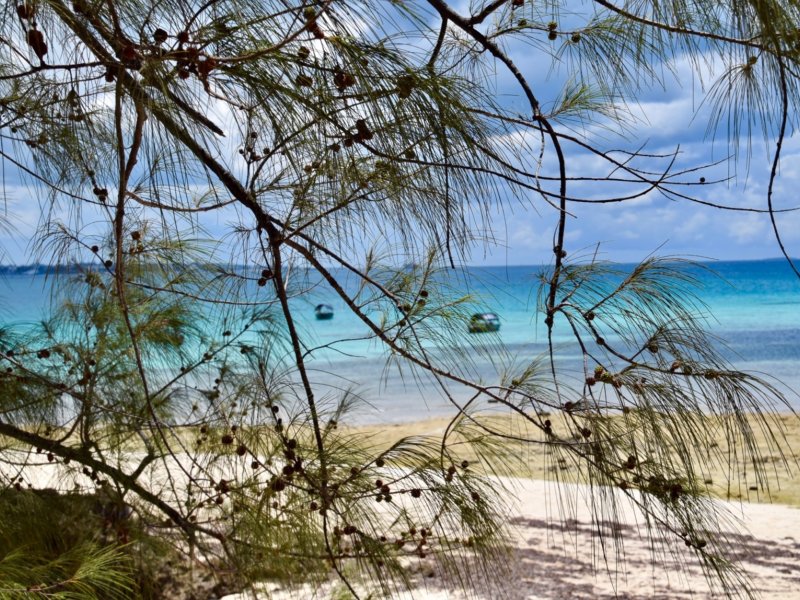
Pet giant tortoises on Changuu island
Changuu also known as Prison island is an inhabited island and only a 30 minute boat ride from Zanzibar. The island saw use to confine rebellious slaves in 1860s, but no prisoners were ever housed here instead the island became a quarantine for yellow fever cases. And Changuu island houses a hundred of endangered giant land tortoises. I love tortoises! Lucky me! I was blown away by their sizes and ages. Some of them are between 165 and 180 years old. I was told that I could approach them, pet them and even feed them, so I did!
Tip!
Bring your swimwear and sunscreen!
See detail page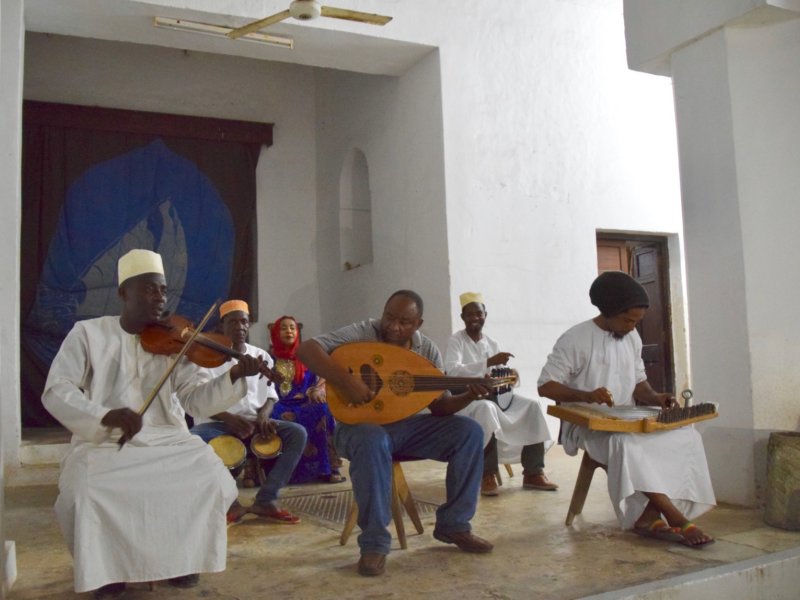
Catch a Taarab performance
Do not miss this! Taarab is Zanzibar’s most popular form of music combining African, Arabic and Indian influences. The haunting melody of the violin, the low hum of the qanun and the dum dum from the tambourine and the matching forlorn ballads communicate a sense of yearning and lost love. The women, dressed in traditional, brightly-coloured cotton kaftans sing in Swahili and although I did not understood a single word of it, I felt it.
Tip!
Check the black board outside of the Zanzibar Stone Town Heritage Society (at the waterfront) for upcoming dates. The group also performs at Park Hyatt Zanzibar every Friday at 8 PM
See detail page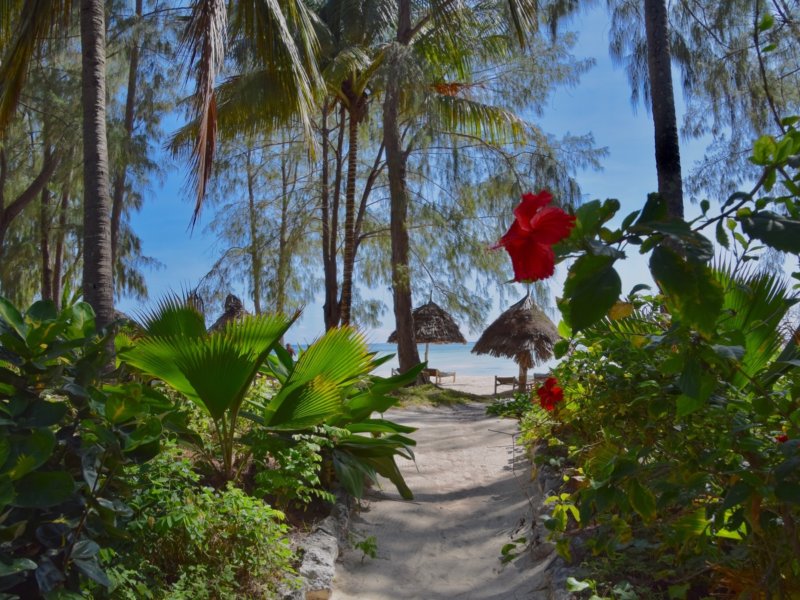

Be a beach bum at Paje
This is one of the less touristy beaches of the island (as you know, I am not a fan of the big crowds
😉). Do not expect banana boats and parachuting behind a speed boat here. Paje is good for a few days of sun-bathing and maybe you can follow a few kite-surfing lessons. And, there are enough bars and restaurants to keep you busy too ;)
See detail page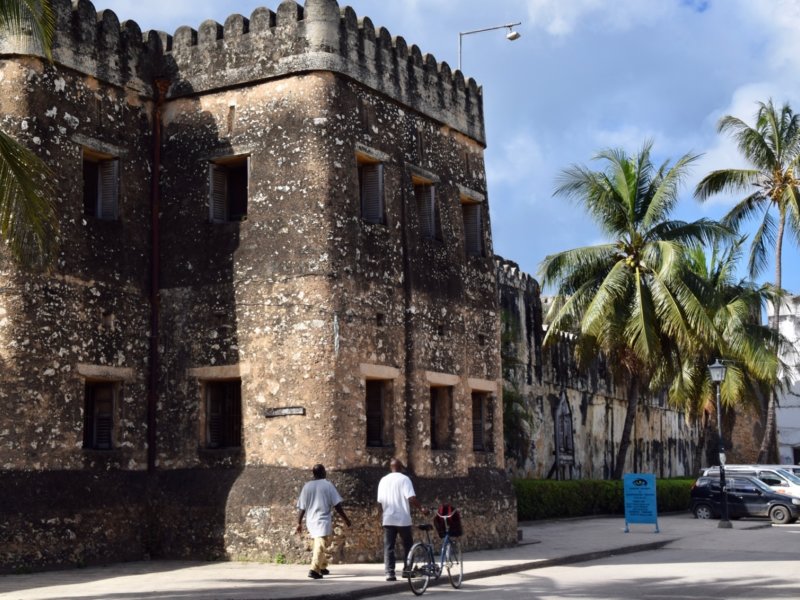
See a local show at the Arab Fort’s amphitheater
This massive, bastionned structure is the only major Arab castle still standing in East Africa. It’s quite impressive from the outside, much less from the inside. It had different uses from a prison to a tennis court and you can feel that they haven’t found the new ‘it’ yet. The current main feature is an open-air amphitheater. I had a lot of fun watching the finals of Zanzibar’s break dance competition, check for any scheduled local shows and events to enjoy the fortress in a non-touristy way.
See detail page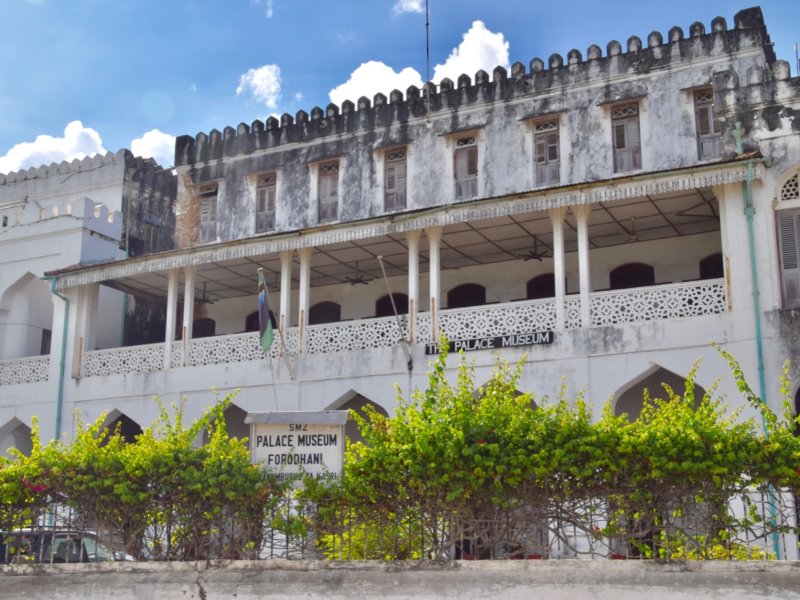

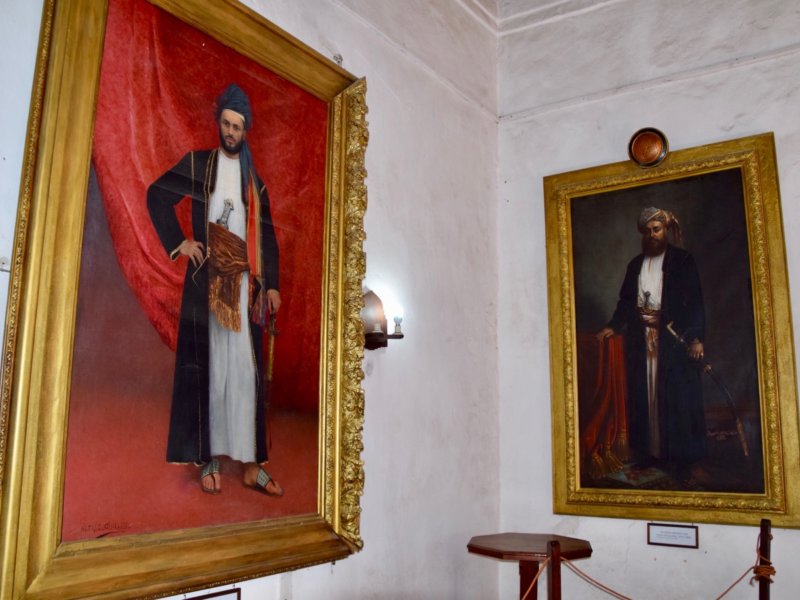
Feel like a Sultan at the Palace museum
This converted museum used to be the Sultan’s Seyyid Said’s palace and gives an interesting insight in the Zanzibari royal family in the 19th century. It contains a few valuable items Sultan's family left behind, deals with the international trade affairs of the Sultanate of Zanzibars and shows Sultans' furniture and various modern amenities that were introduced to Zanzibar under Sultan Barghash. It includes the living quarters of Sultan Khalifa II bin Harub, and his two wives, each of whom had very different tastes in furniture ;) The exibition is dusty and out-dated but nevertheless informative for an hour or so.
Tip!
Do not miss the wonderful view from the balcony.
See detail page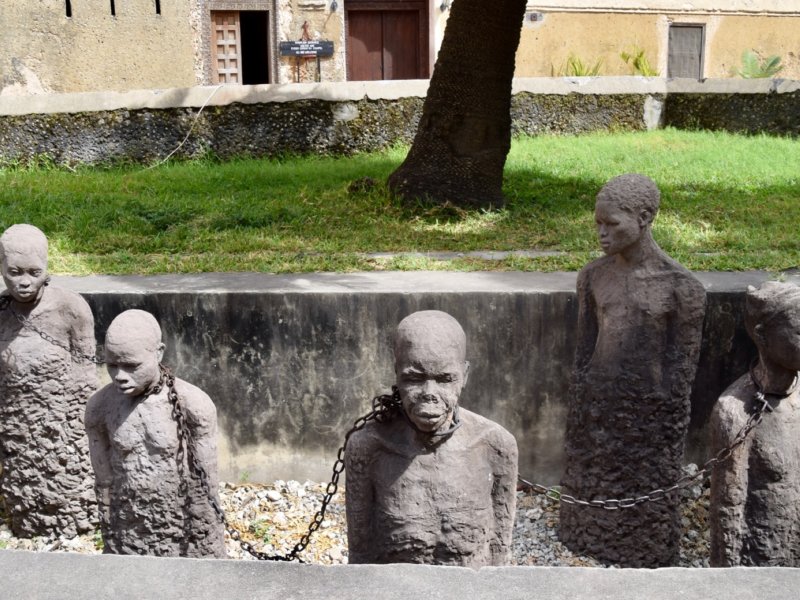

Learn more about Zanzibars past at the Old Slave Market / Christ Church
Zanzibar was once the center for the East African slave and ivory trade. At its height in the 18th and 19th centuries, some 45,000 slaves, captured on mainland Africa, were shipped from Zanzibar to Brazil, India and Arab countries. The Anglican Cathedral was built on the last permanent slave auction of East Africa to celebrate the end of slavery. In the museum on site the cruel history is told in an unbiased and factual way. It made me quiet for a while. The monument with the slaves in a pit is powerful, the chains were actually used on slaves in the 1800’s.
Tip!
Hire one of the guide that hang around the museum, they are very knowledgeable.
See detail pageCoast & Central Tanzania
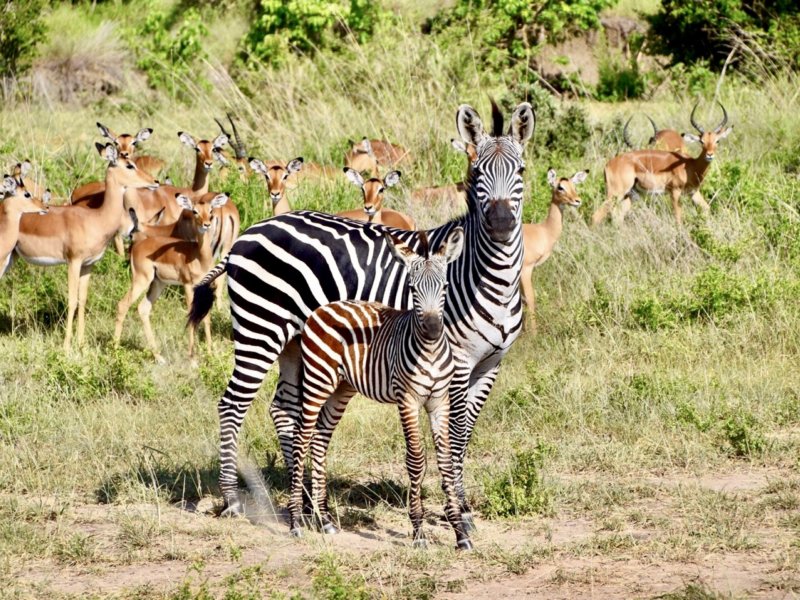
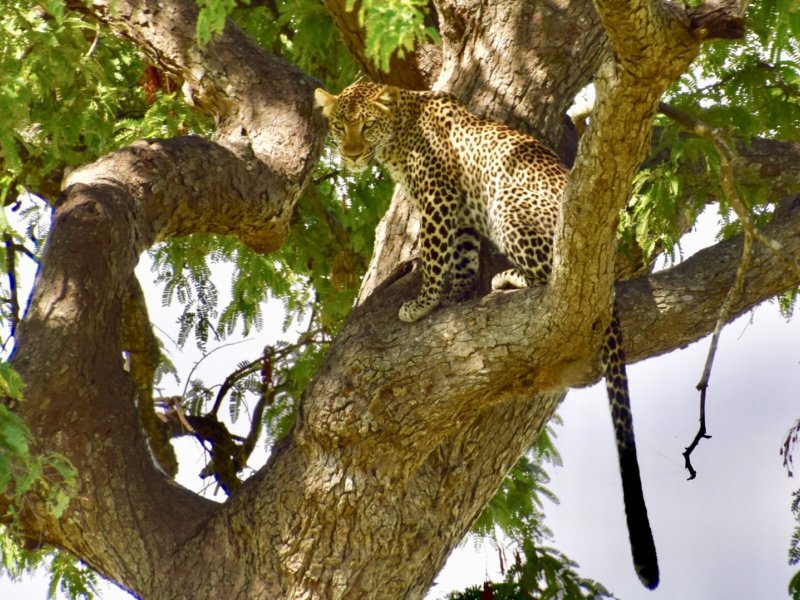
See elephants, giraffes and leopards on a budget in Mikumi National Park
Psssst! Did you know you can do a safari in Tanzania for under 100€/150$? Mikumi National Park offers you abundant wildlife for a steal.
Itinerary:
Day one - Take a local bus from Dar-es-Salaam to Mikumi (6 hours) for 18.000Tsh/8$/6,50€ and stay in a local guesthouse for 30,000 Tsh/13$/11€. Find a tour group to join the next day.
Day two - Join your new best friends, pay the park fee 35$/30€ and the tour group 50$/40€. Take the bus back to Dar or elsewhere.
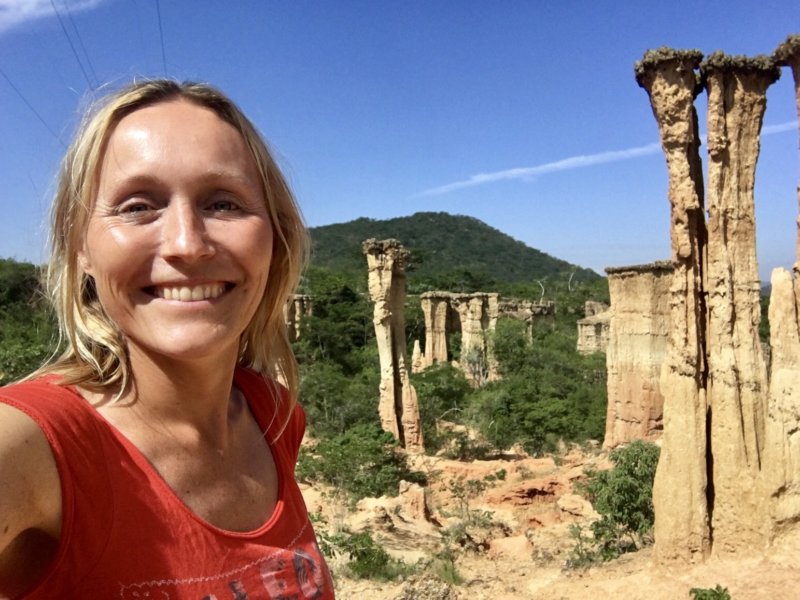
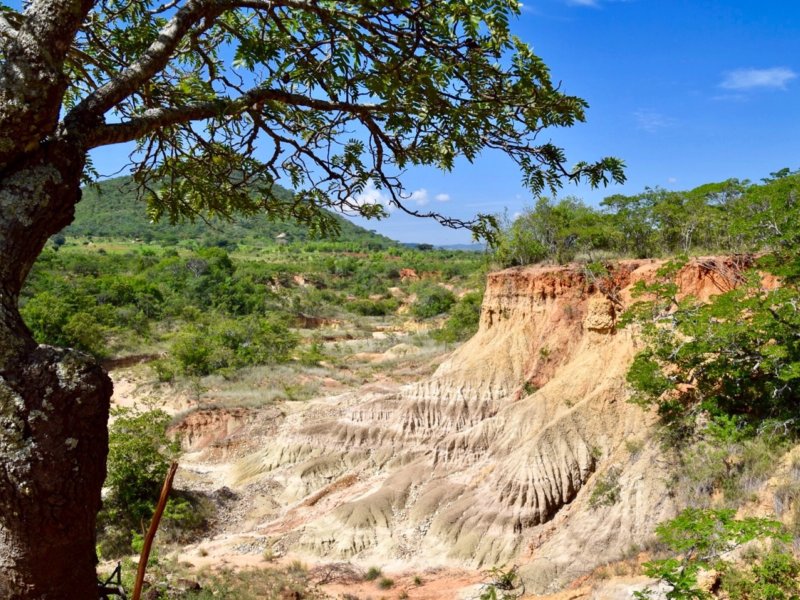
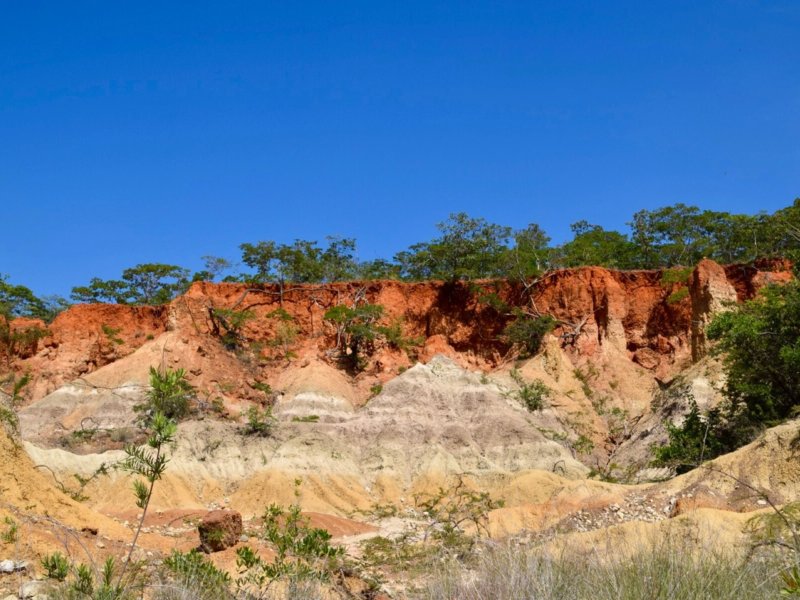
Marvel at red stone pillars at Isimila
These wonderful stone pillars were formed as a result of soil erosion on the land leaving the red standing pillars. They are part of an archaeological site, with important finds from the Stone Age. There are hammerstones, axeheads, flints and scrapers that are 60,000-100,000 years old on display. But! I thought the pillars were far more impressive, could have stayed here the whole day admiring the colours. This too is Tanzania!
Tip!
Try to get there in the early morning, when the sun comes out the canyon it can get unbearably hot.
See detail page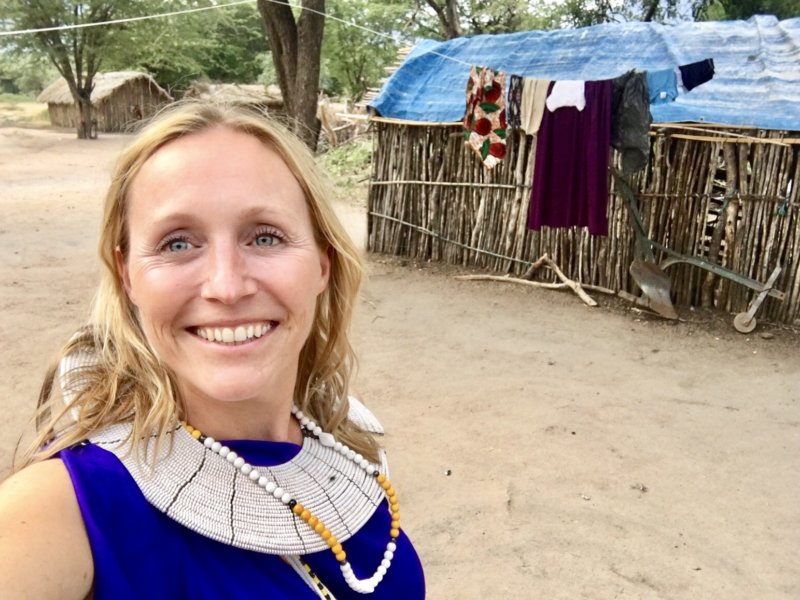
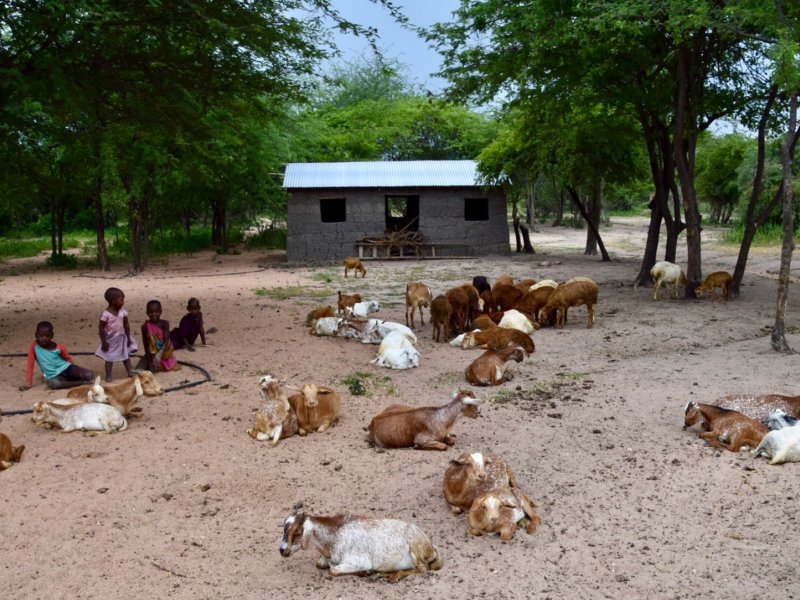
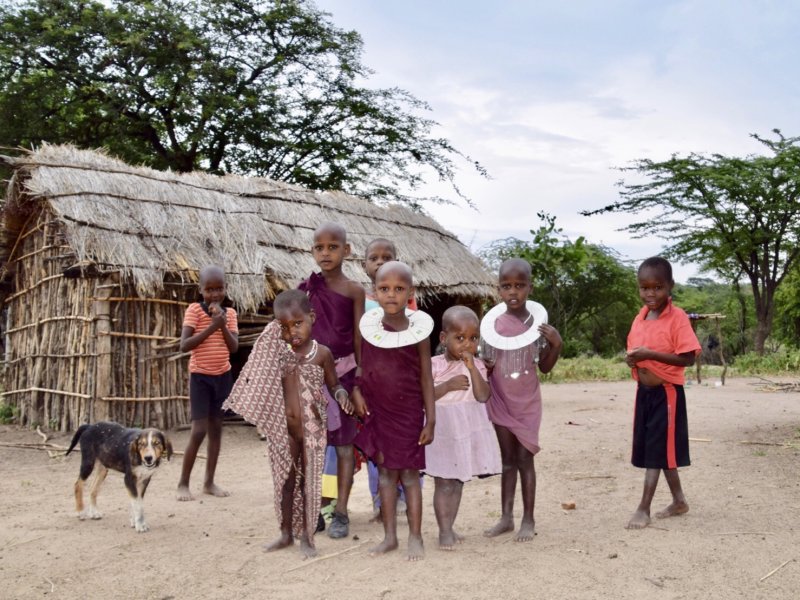
Stay the night at a Masaai village
I visited a little Masaai village in the hinterland of Iringa (5 hours by bus) and met with the members of the tribe. Although they hardly speak any English, the Masaai tried to involve me in their daily activities like cooking, milking cows and dancing at the camp fire. I even had to wear their typical blue-purple dress.
They live a very basic life, their activities revolve around herding cattle, preparing food for the village and raising the children. There is no electricity and running water and most of the huts are made of wood and mud. I had my own brick hut, the floor made of mud and the bed made of hay, two cow skins and a thin (yoga?)mat. Quite the experience.
Tip!
Mail Cashew at ruahaculturaltours@gmail.com for a tailor-made program.
See detail page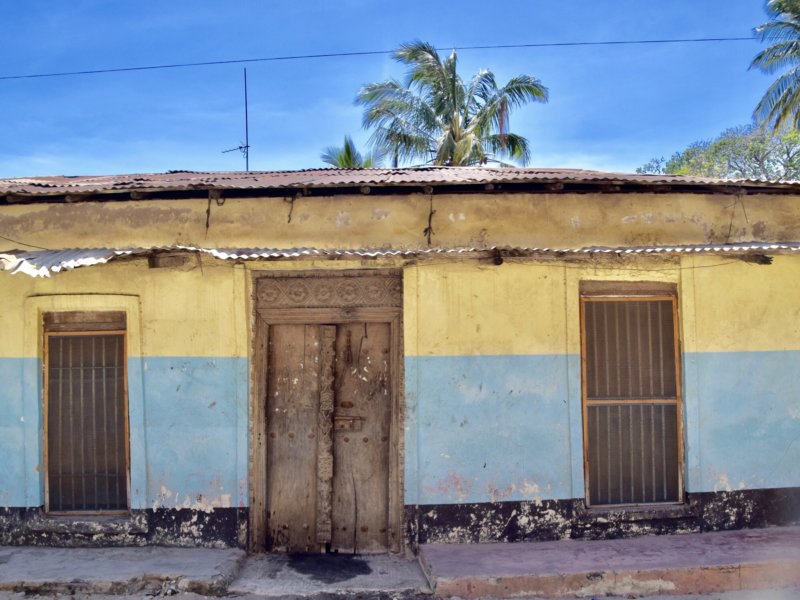
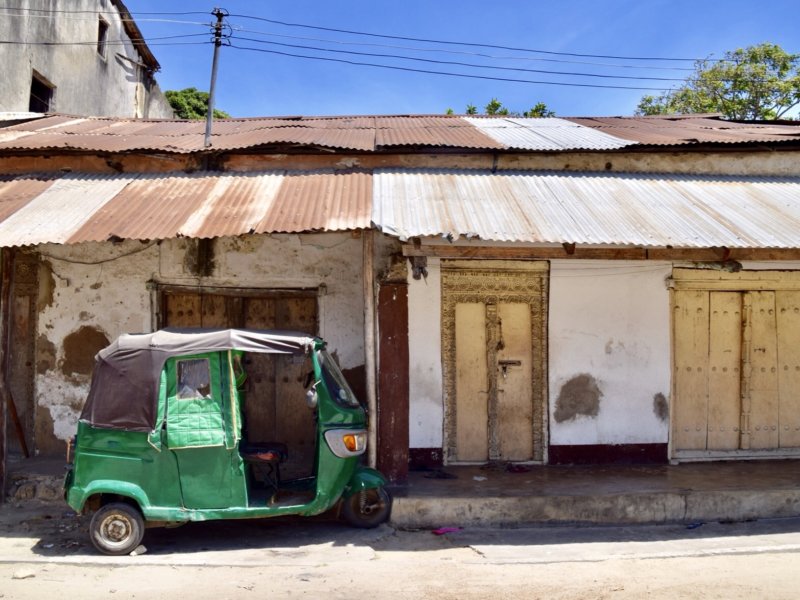
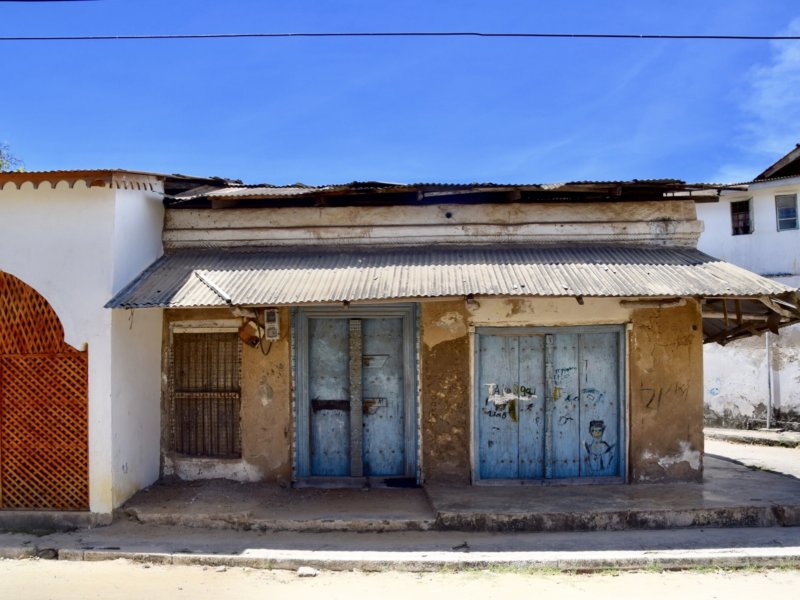
Admire the beautifully carved doors of Bagamoyo
Several small streets in Bagamoyo, once a most important trading port along the East African Coast and a German East Africa Capital, are lined with beautifully carved doors similar to those found on Zanzibar and elsewhere along the coast. Can’t get enough of them! 😍
Tip!
Combine with the 19th-century buildings of Bagamoyo.
See detail page

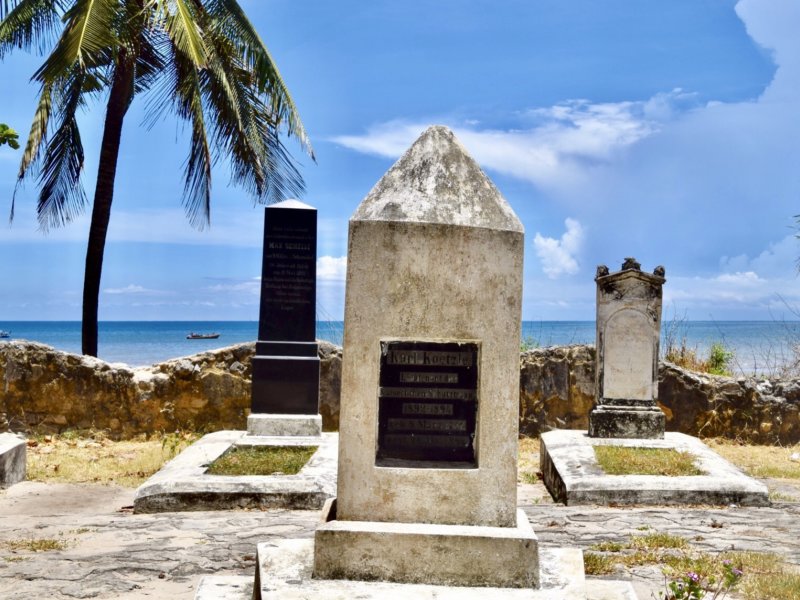
Go back to the mid 19th-century in Bagamoyo
Strolling through Bagamoyo’s unpaved streets, takes you back to the mid-19th century. This is when the town was one of the most important settlements along the East African coast and the terminus of the trade caravan linking Lake Tanganyika (west Tanzania) with the sea. Slaves, ivory, salt and copra were unloaded here before being shipped to Zanzibar and elsewhere. A few old buildings and a German graveyard remind you of the formal colonial capital of German East Africa. The buildings and ruins are quite interesting, but the entrance fee (for foreigners only) is not proportionate to the quality and size of it all. It makes for a nice day trip to escape hot and busy Dar-es-Salaam.
See detail pageSouth Tanzania
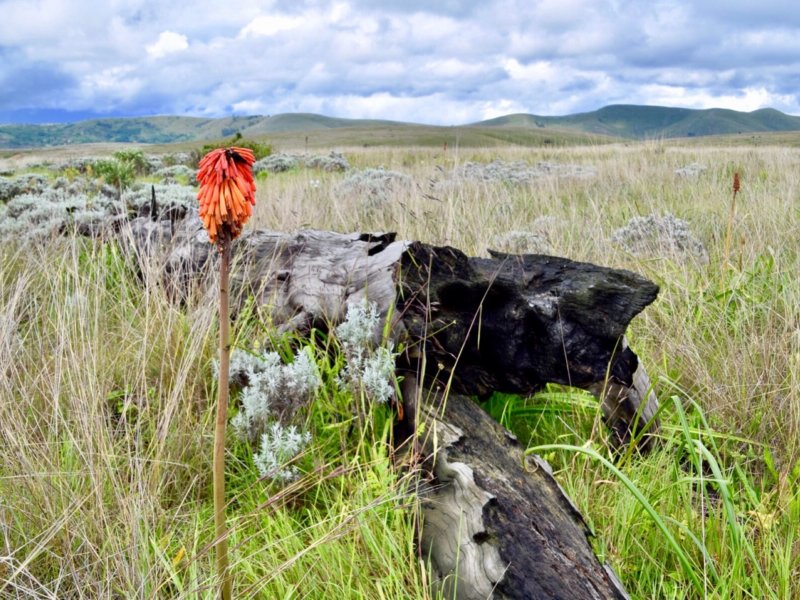
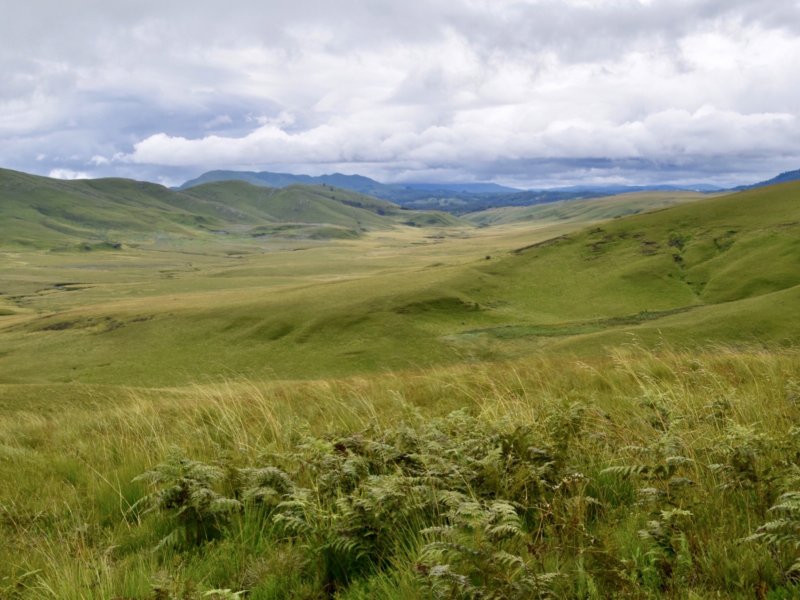
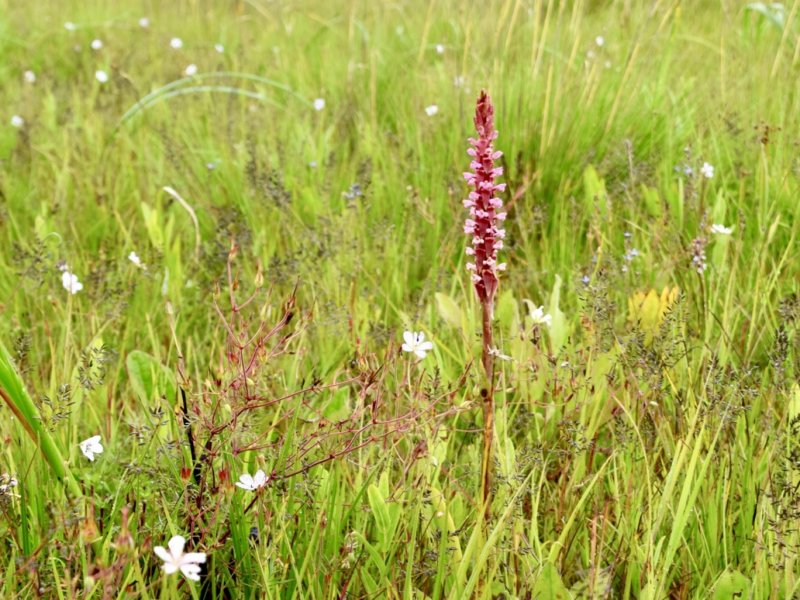
Walk through God’s Garden at Kitulo National Park
Change of scenery! Looks a lot like Scotland, doesn’t it? 😉 Kitulo National Park is a protected area of alpine grassland and montane forest in the Southern Highlands of Tanzania. Kitulo is best known for the vast number of flower species that bloom across the plateau. Stunning orchids, proteas, geraniums, giant lobelias, lilies turn the plateau into “God’s Garden” during December to March. So I was told. Please don’t go in March, as most of the flowers have died. My very knowledgeable guide Japhary Ngogo (Kitulo Cultural Tourism) still found me some beautiful flowers on our walk, but told me December-January is the best time.
The landscape is absolutely stunning, but in my opinion the lack of flowers make the park not worth the money in March. All together it sets you back 95 USD (see ‘prices’). That’s an expensive walk through grassland.
Tip!
At 2600 meter it can be cold and windy. Bring your sweaters and coats!
See detail page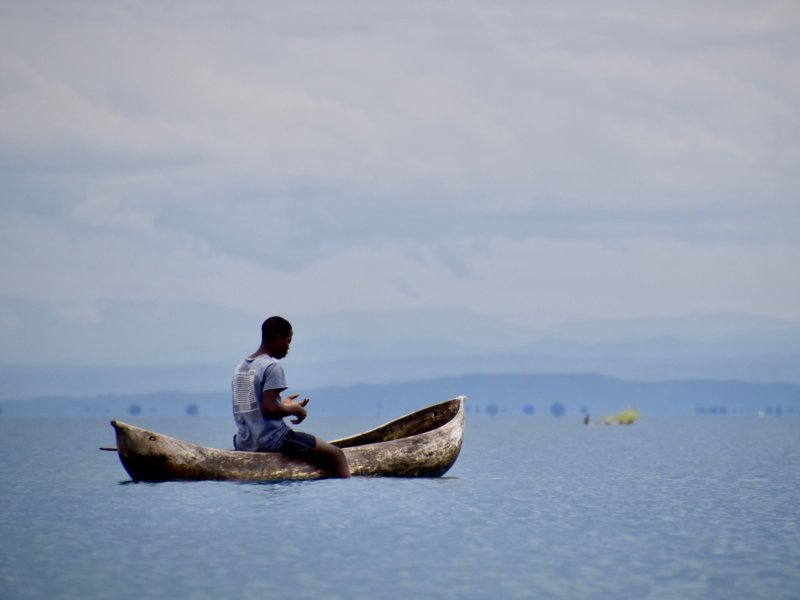
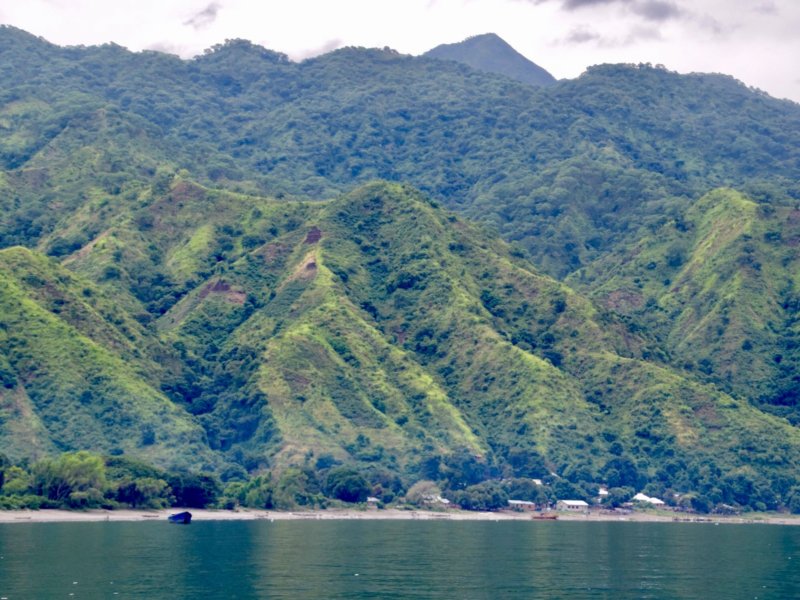
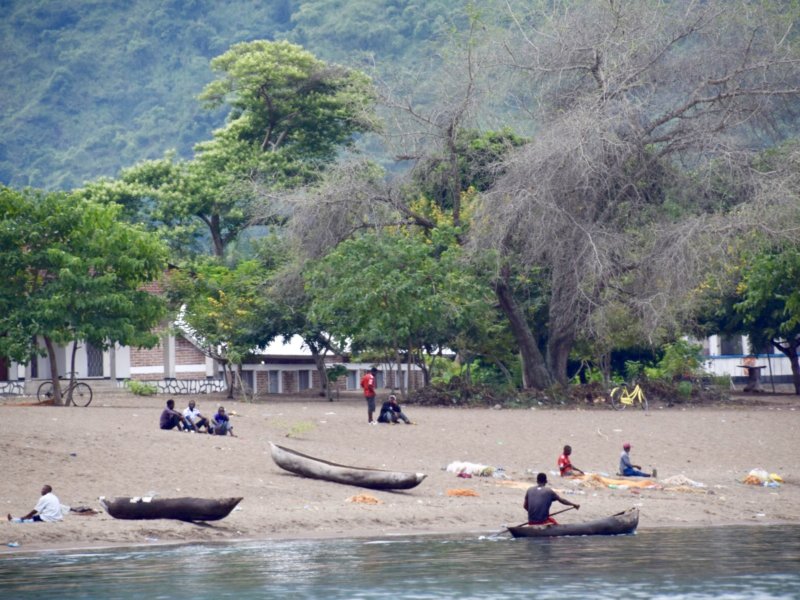
Unwind at beautiful Lake Nyassa
The lakeshore of Matema beach lies on the foothills of Livingstone Mountains, where these scenic ranges end majestically into Lake Nyasa. A wonderful sight! The beach is a local fair, fishermen repair nets and canoes, women sell groceries and fish, but it’s totally fine get your bikini of trunks out to catch some sun or have a swim. There’s a nice night market at the tree at the main junction of the village (no ATM’s).
Tip!
Hike up the mountains, there’s a nice waterfall. Or visit the pottery village a few kilometers down the lake.
See detail page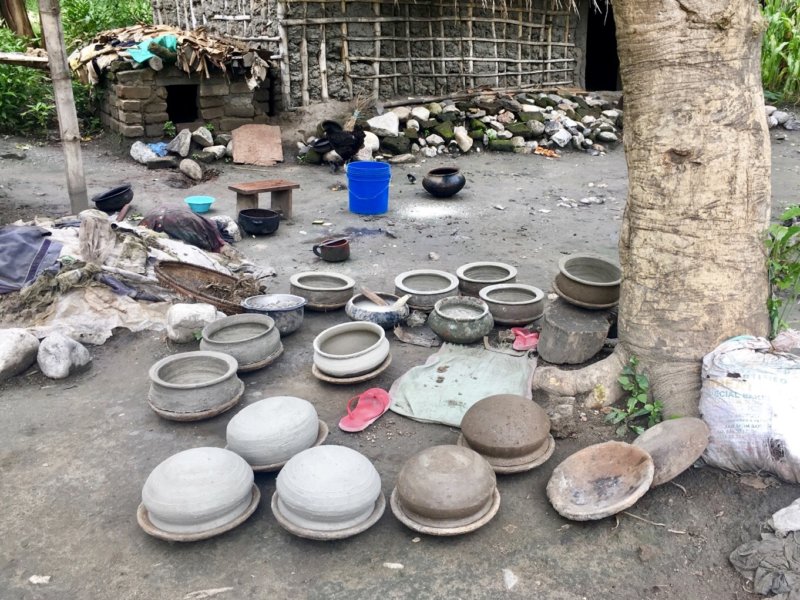
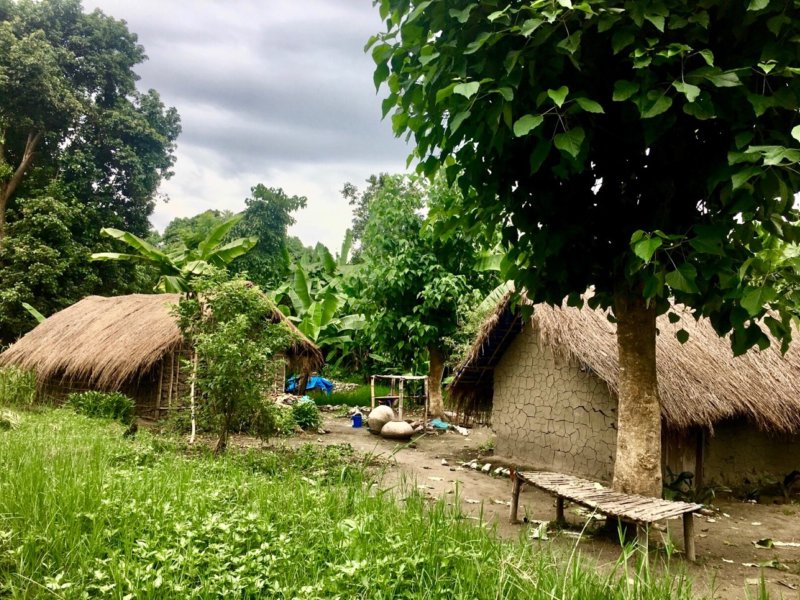
Visit a local pottery village at the end of the world
The Wakisi people are famous throughout Tanzania for their pottery skills and live in a remote village on the lakeshore of Lake Nyasa. My visit to Ikombe, the pottery village on the lakeshore gave me a peek into rural life. The poverty hit me, how can people make a life in such poverty? And still smile and be happy? It made me feel very humble. The women are proud of their work and love to show you the process of producing the pottery and give you a ‘good price’.
I took a dug-out canoe to the village but the ride was kind of scary. Cracks were leaking huge amounts of water, there were no life jackets (this is Africa) and I was hosing all the time during the 3 hour round trip. I sat in the leaking water up to my bum -and sometimes to my middle- trying to be as postive as the fisherman and to enjoy my surroundings 😬. But really, it’s beautiful here, the rolling hills, the lake’s crystal clear water and the simple life.
Tip!
Put all your electronics in waterproof bags, just in case...
See detail page
If I could re-do it ...
I’d trade Kitulo for Udzungwa Mountains
Udzungwa (near Mikumi NP) has a biologically diverse forest, with approx. 20–30% endemic animals and plant species and some great falls.
Make sure you don't miss ...
1. Vitumbua, a coconut rice pancake.
2. The Rock, a restaurant/bar on the tiniest rock island near Paje, Zanzibar. The service is so-so though :)
